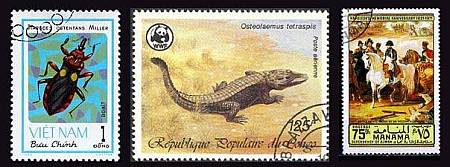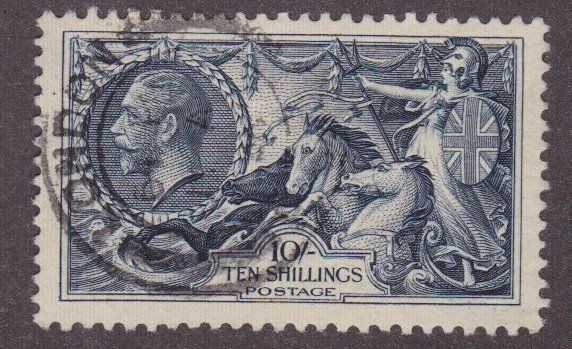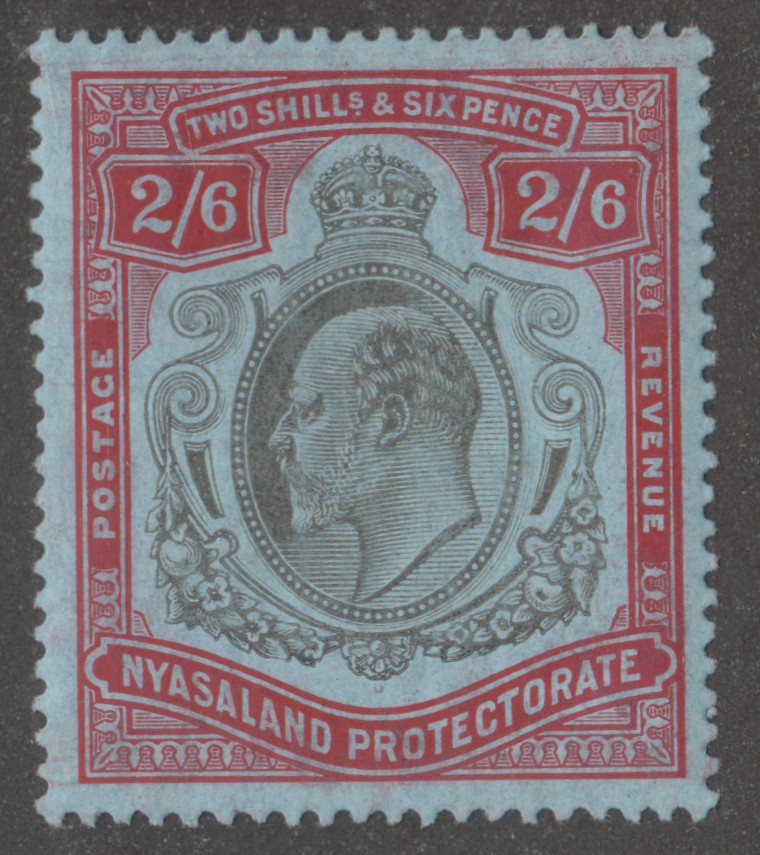by Steve Davis
9th of October 2009
Many Stamporama members trade stamps or want to trade stamps. I am a long-time, advanced collector (over 40 years). Early on I found that trading was my great love. It enabled me to build my collection and make friends all over the world at the same time. Most of all I loved getting the colourful mail from all over the world. Over the years I have developed some common-sense guidelines for trading. I would like to pass these along. Hopefully they will help you enjoy this wonderful aspect of stamp collecting.
Type and Condition of Stamps
- Always send stamps that you too would like to receive.
- Never send damaged stamps. Stamps with thin spots, tears, pulled or rubbed perforation teeth, or stains should not be sent.
- Try to send well-centered, lightly cancelled stamps.
- Commemoratives/Pictorial stamps are preferred. Commemoratives/Pictorial stamps are those issued several times a year and they are usually only on sale for a limited time (several months). Examples are stamps depicting flora/fauna, cultural events, sports and other topics.
- Generally avoid definitives, those stamps that are in common, everyday use and are usually printed in large quantities.

Some collectors though do like definitives and this is something to ask when writing to set up a trade. Find out if they collect this type of stamp. I myself collect definitives from several countries and find them to be very interesting. Some definitives are by no means common. Because so many are printed, often over a period of several years, many shade, printing, paper, and gum varieties exist presenting wonderful opportunities for the specialist. - CTOs (cancelled to order) stamps should not be sent unless acceptable to the recepient. These are stamps with full gum that are cancelled by the post office and then sold to collectors. Some examples of countries who have done the Eastern Bloc Communist countries of Europe, Arab emirates, USSR, etc. However, some “legitimate” countries such as Switzerland haved printed CTO stamps, and some stamps are difficult to find in any form but CTO’s.


There are a number of other trading “tools” that will make trading stamps an enjoyable activity:
- Never send unsolicited stamps. Make contact first.
- Always contact the person you wish to trade with first. They may already have many trading partners and may not want to trade at the present time. Also some of their interests may have changed since they posted their ad.
- Be specific about your wants, what you have to trade and on what basis you would like to trade (catalogue value or 1:1).
- It is useful important to exchange a few e-mails with a potential trading partner before actually sending stamps or agreeing to receive them. The promptness and style of a person's e-mails, not to mention the content, can reveal much about his or her as a person. If a person doesn't take the time to get to know you and your needs, and to reveal something of himself or herself, there's a good bet that they would fall short as a trading partner.
- Always use COMMEMORATIVES/PICTORIALS or HIGH VALUE commemorative or pictorial stamps, or high-value definitives, on your mailings. I always buy a few sheets of colourful issues to use on all my stamp mail.
- When you send your stamps put them in a glassine envelope to protect them and use a sturdy envelope for mailing. I sometimes use a thin sheet of cardboard to protect the envelope. Also print neatly or type the address on the envelope so that post office will be able to deliver it correctly and also so the collector will receive a beautiful cover. Double-check the address.
- Be prompt in your return mailings. If possible let the person know by email when you receive theirs and also when you have mailed the return trade.
- Keep a record. I keep a binder of all my trades where I enter a record of the people I trade with and their interests. Also I keep track of each trade with dates mailed and received and also comments about the stamps received. I also make a note of what I have sent to the person.
For stamp trading to work, collectors must behave in an ethical manner and there must be trust on both sides. This trust is one of the unique things that the world of stamp collecting has always been proud to claim. Being able to meet people from all over the world and share common interests with them is one of the best things about this hobby of stamp collecting.


